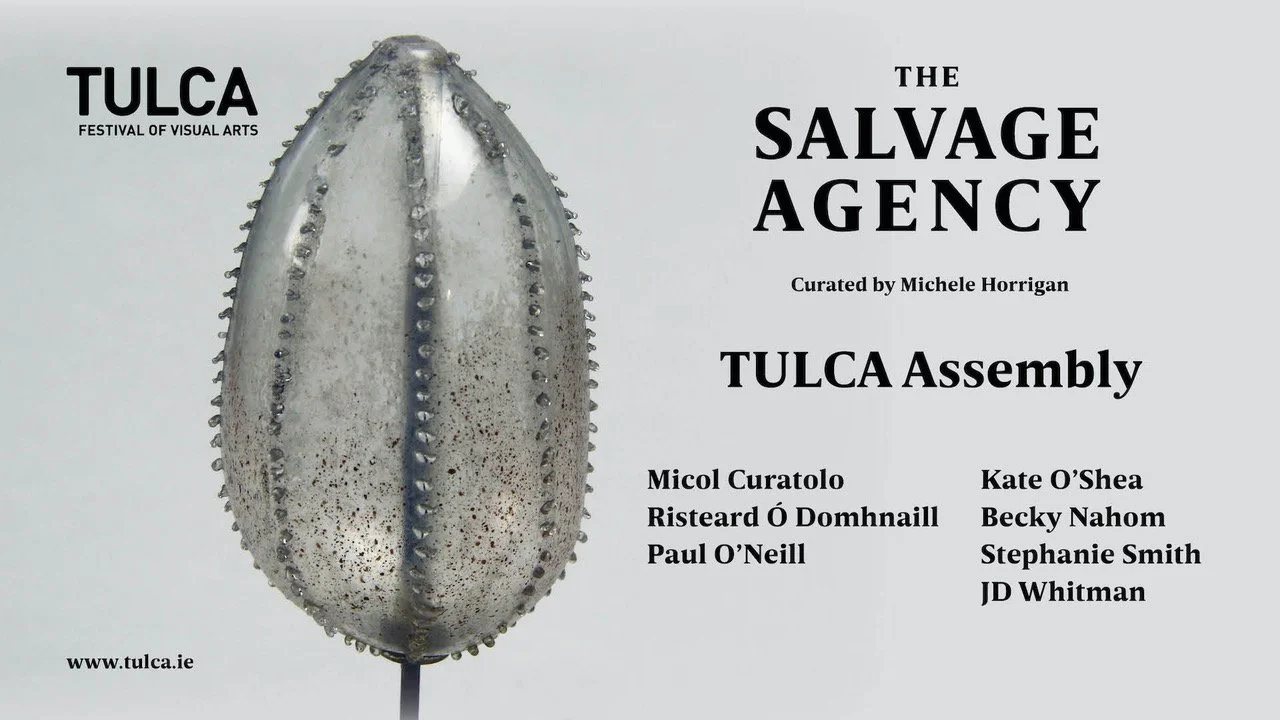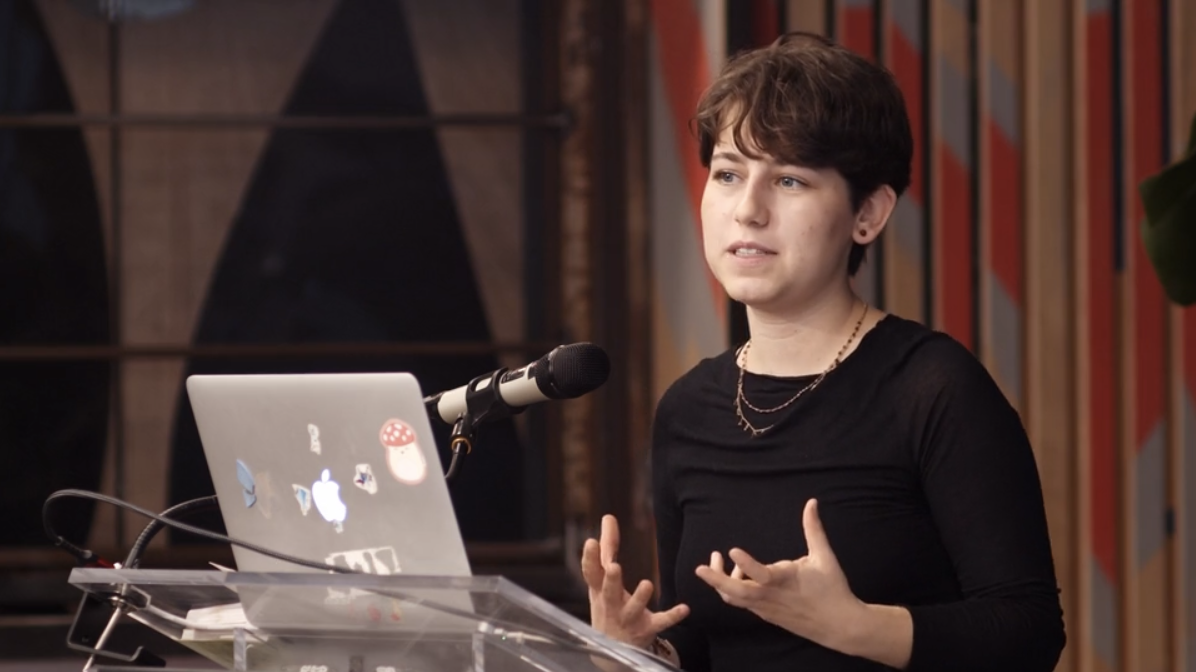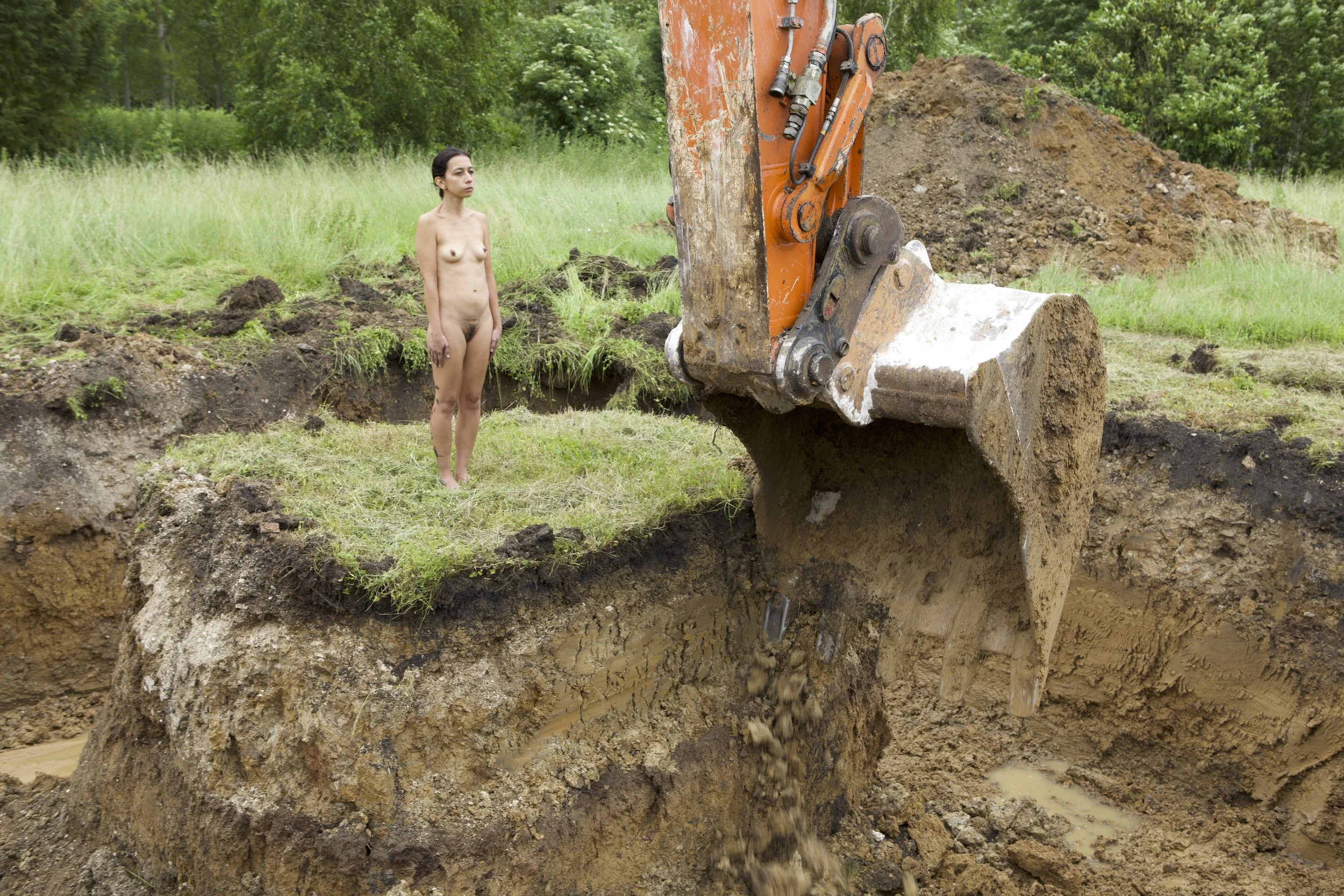Documentation of Public Programme | TULCA 2024
TULCA Festival of Visual Arts is pleased to share the public outcomes and online documentation of its 2024 programme, The Salvage Agency curated by Michele Horrigan.
In part two we present documentation of the TULCA Assembly, which took place last November at the PorterShed in Galway. This event brought together critical voices from Ireland, Europe, and the United States to share artistic research and engage with important questions surrounding the role of art-making, activism, and environmental discourse.
Speakers include: Micol Curatolo, Risteard Ó Domhnaill, Paul O’Neill, Kate O’Shea, Becky Nahom, Stephanie Smith and JD Whitman.
TULCA Assembly was produced in association with Askeaton Contemporary Arts. Supported by the Arts Council, Galway City Council and Askeaton Contemporary Arts.
Part Two: TULCA Assembly
Micol Curatolo is a cultural worker in the field of contemporary art. Her research reflects on everyday borders, belonging and geography. Using border thinking, Micol investigates how arts and culture negotiate identity, participation, and experiences of migration. Micol works with multi-vocal and everyday formats. She is interested in creative work that addresses people and stories, their possible conflicts and their common emotions.
Risteard Ó Domhnaill is an Irish documentary filmmaker and director. He is best known for directing the award-winning film “The Pipe” and the documentary series “Atlantic”. Born in Dublin in 1969, Ó Domhnaill has been making documentaries since 2003 and has garnered numerous awards for his work, including an IFTA for Best Documentary and a Peabody Award. In 2009, Ó Domhnaill released the critically acclaimed “The Pipe” which followed the struggle of a small Irish fishing village as they attempted to prevent a Shell oil pipeline that threatened to displace them. The film was a huge success, winning numerous awards including the Grand Jury Prize at the 2010 Sundance Film Festival. In 2012, Ó Domhnaill released the documentary series “Atlantic” which followed the fishing communities of Ireland, Scotland and Norway as they battled against the economic and environmental pressures of the modern world. The series was a great success, winning the Grand Prize at the 2012 Sheffield Documentary Festival, and it was also nominated for an Emmy.
Dr. Paul O’Neill is an Irish curator, artist, writer, and educator. Paul is the Artistic Director of PUBLICS, since September 2017. PUBLICS is a curatorial agency, contemporary art commissioner and event space with a dedicated library and reading room in Helsinki. Between 2013-17, he was Director of the Graduate Program at the Center for Curatorial Studies (CCS), Bard College, New York. Paul is author of the critically acclaimed book The Culture of Curating and the Curating of Culture(s), (MIT Press, 2012), which has been translated into many languages. Paul has co-curated over 70 shows across the world, and is widely regarded as one of the foremost research-oriented curators, educators and scholar of curatorial practice, public art, and exhibition histories, and most has authored and co-edited numerous agenda-setting anthologies on curating. Paul has recently has published three artist’ books as author, co-editor; Maryam Jafri: Independence Days (2022), Kathrin Bohm: Art on the Scale of Life (2023), and Dave McKenzie Banners and Letters (2023). Paul is currently working on two new publications of his curatorial texts called Flip-Flopping Institutional Paradigms, and CURED planned for publication next year.
Kate O’Shea works across printmaking, archiving, large-scale installation, performance, and publishing. Kate is co-founder of the transdisciplinary collective, Broken Fields, bringing together experience, knowledge, and practice from the fields of socially engaged art, architecture, community work, social movement archiving, activism, research, and writing. Kate co-creates the newspaper Gravity Express with Dr. Ciaran Smyth (Vagabond Reviews). Kate is co-founder with Victoria Brunetta of independent publishing house Durty Books. She is co-founder of The People’s Kitchen and is a member of Red Wheelbarrow Productions.
Becky Nahom is the Director of Exhibitions at Independent Curators International (ICI), where she has developed numerous experimental exhibitions that support curatorial practice and challenge art historical narratives across the globe. During her time at ICI, Becky has overseen the series of exhibitions curated by alumni of ICI’s Curatorial Intensive and partnered with art spaces around the world to develop groundbreaking exhibitions such as Axis Mundo: Queer Networks in Chicano L.A., Soundings: An Exhibition in Five Parts, and Teddy Sandoval and the Butch Gardens School of Art among many others. Prior to joining ICI, Becky founded Halt Gallery in Phoenix, Arizona, which operated out of a renovated shipping container in the Roosevelt Row Arts District. She has also held multiple positions within the Scottsdale Arts Organization, as Assistant Preparator at the Scottsdale Museum of Contemporary Art and Events + Exhibitions Assistant at Scottsdale Public Art, and holds a master’s degree in curatorial practice.
Stephanie Smith is a Chicago-based curator, writer, and arts leader whose collaborative, socially engaged projects assert art’s power to envision and enact other futures. She values place-responsive, generous, and hospitable ways of working—honed through over 25 years of curatorial practice including senior roles at the University of Chicago’s Smart Museum of Art; Art Gallery of Ontario, Toronto; and Institute for Contemporary Art in Richmond, Virginia. In 2022, Smith joined Awi’nakola (“we are one with the land and the sea”), a project based in British Columbia in which artists, scientists, and Indigenous knowledge keepers are seeking effective responses to the climate crisis and working together to regenerate land and culture.
Key curatorial projects include Rashid Johnson: Monument (ICA), Feast: Radical Hospitality in Contemporary Art (Smart + tour, received Emily Hall Tremaine Exhibition Award) and Beyond Green: Toward a Sustainable Art (Smart + ICI + tour). Notable co-curated projects include Commonwealth (Beta-Local + Philadelphia Contemporary + ICA), Agora: 4th Athens Biennial, and Heartland (Smart + Van Abbemuseum). Smith teaches, writes, serves on the advisory board for MARCH, and was a contributing editor at Afterall journal. She served as Provostial Researcher at the University of Chicago’s Franke Institute for the Humanities (2022–2023), holds an MA from Rice University, and is researching Chicagoland—on long-term, place-based, artist-led projects in Chicago—for her PhD with the University of Amsterdam.
JD Whitman is a SciArtist, educator, and ocean advocate specialising in science communication efforts for the plastic pollution crisis. For over a decade, her work has addressed rising levels of negative ecological emotions, declining marine biodiversity, marine ecotoxicology, and the mounting environmental and public health risks associated with microplastics and nanoplastics. She is currently a PhD researcher at the University of Galway and Burren College of Art and works as an External Expert in SciArt for the Joint Research Centre of the European Commission. Since 2016, she has spearheaded the digital preservation of Ireland’s Blaschka glass models of invertebrate species. JD received an MFA in Photography, an MFA in Sculpture, and an MA in Studio Arts from the University of Iowa and a BA from the University of Chicago with honors.
TULCA Assembly was produced in association with Askeaton Contemporary Arts. Supported by the Arts Council, Galway City Council and Askeaton Contemporary Arts.
TULCA Festival of Visual Arts
The Salvage Agency
Curated by Michele Horrigan
1-17 November 2024
Galway, Ireland
Video documentation: Jonathan Sammon
























